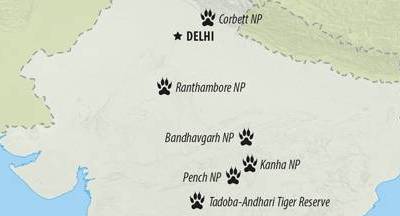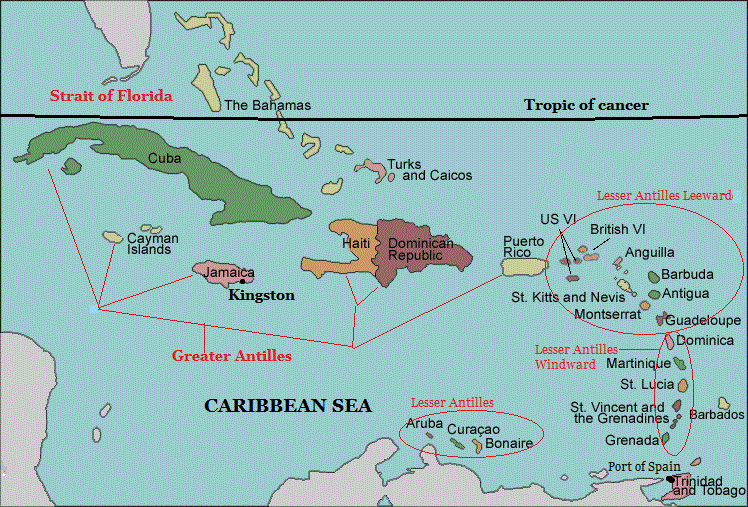Ranthambore Tiger Reserve

National Tiger Conservation Authority
Flawed Quota Provision
Swatantra Sainik Samman Yojana (SSSY)
Pritzker Prize
Aranya Low cost Housing
Parker Solar Probe
Radiation Technologies in Agriculture
Map of the day
Caribbean Islands

Source: PIB, The Hindu, Business Standard
KRISHNA MANOHAR 8 years
IAS PARLIAMENT is much much much better than any other website for civils preparation..It is very lucid,concise and topics are of high standard..MAPS are simply super..God bless you all people who prepared it...

IAS Parliament 8 years
Thank you. Keep Following.
KIRITHIKA 8 years
Sir, please clarify the statement - " ranthambore is located at the junction of aravalli and vindhyan ranges".

IAS Parliament 8 years
The Vindhyas do not form a range of hills in the proper geological sense of the term. It includes mountain ridges, hill ranges, highlands, wastelands and plateau escarpments. In that wide sense, the statement should have actually said that ranthambore is located in between Aravalli range and Vindhyan system.